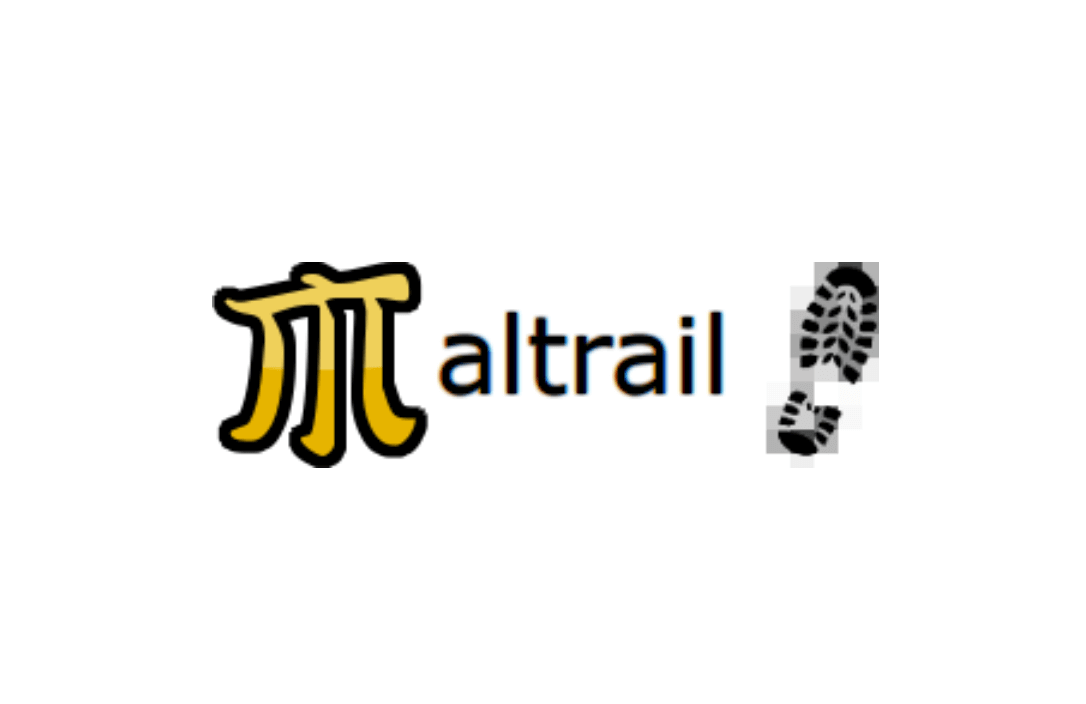Maltrail — Malicious Traffic Detection System
Why It Matters
Many organizations rely on IDS/IPS platforms, but they can be heavy and resource-intensive. Maltrail was built as a simpler option for detecting suspicious traffic. It uses public threat feeds, custom lists, and anomaly detection to spot compromised hosts or malicious communication patterns. For admins, it’s a quick way to get visibility into possible attacks without rolling out a full-scale enterprise IDS.
How It Works
Maltrail runs a sensor that listens to network traffic via packet capture or syslog. It compares observed domains, IPs, and URLs against threat intelligence feeds (such as blacklists of C2 servers, malware domains, scanners). At the same time, it performs anomaly detection for traffic that looks unusual — odd DNS queries, strange user agents, unexpected protocols. Alerts are sent to a central server with a simple web interface, giving a timeline of suspicious events.
Technical Profile
| Aspect | Details |
| Platform | Linux, BSD (sensor); web interface in Python/Flask |
| Detection sources | Threat intelligence feeds, custom blacklists, anomaly detection |
| Input | Network traffic (pcap, mirroring, syslog) |
| Output | Alerts via web dashboard, JSON logs |
| Deployment mode | Sensor + server, or standalone on a single host |
| License | Open source (GPL) |
Deployment Notes
1. Install dependencies (Python, pcap libraries).
2. Clone Maltrail repository or install package from distribution.
3. Configure feeds and custom lists in config files.
4. Run sensor on interface with mirrored traffic or inline capture.
5. Access web interface to review alerts and event history.
Where It Fits
– SMBs and labs: lightweight alternative to Suricata or Snort.
– Incident response teams: quick deployment for visibility in compromised networks.
– ISPs and hosting providers: monitoring for scanners and abuse traffic.
– Research setups: traffic analysis using public feeds.
Caveats
– Detection quality depends on feed freshness and coverage.
– Not a prevention system — it alerts, but doesn’t block traffic.
– Limited correlation compared to full SIEM/IDS stacks.
– Web UI is basic; scaling to very large environments requires tuning.

